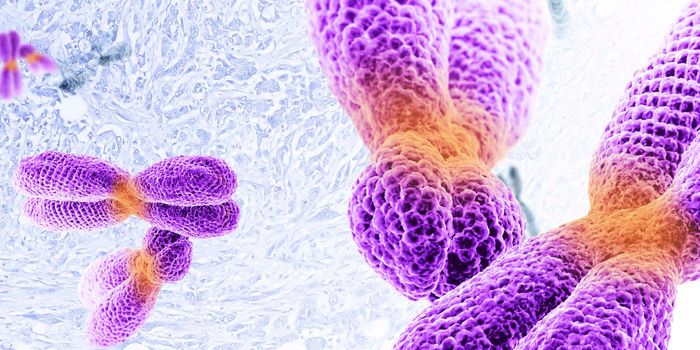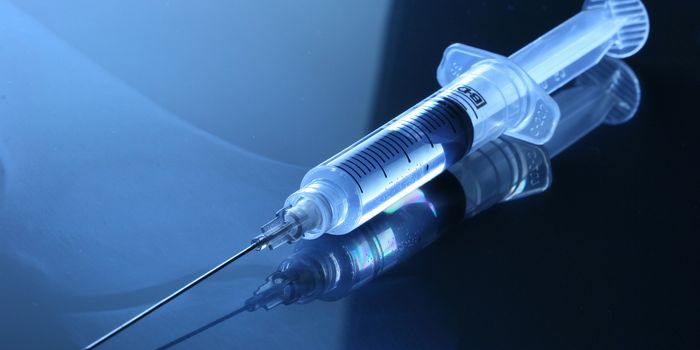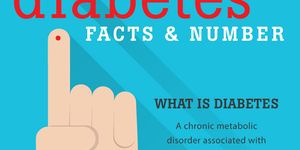Liver gets activated by just seeing and smelling food!
Smell, sight and even thinking about food makes us salivate. This salivary reflex prepares us for digestion, as we need the saliva to help in the mastication process. But, this might not be the only one that prepares ahead for the digestive processes. Other known physiological changes initiated by food sensory perception are an increase in heart rate and the release of digestive enzymes. These pre-food intake responses prime the body and allow for rapid metabolism of nutrients post intake and effective removal from the circulation later. However, the role of peripheral organs the mediate these processes is not very well understood until now.
Recent work done by researchers from Max Plank Institute, Germany shows that the liver also gets activated by sight and the smell of food in anticipation of the prerequisite metabolic changes required for food intake. Through various high throughput screening, the authors have found evidence that the food cues transiently activate hepatic signaling to prime the liver for the nutrient intake. The molecular pathway involved has been elucidated. The study is published in Cell on November 15th.
Post food intake, blood insulin, and nutrient level increases and this, in turn, activates the liver via mechanistic target of rapamycin (mTOR) pathway and the endoplasmic reticulum (ER) stress response pathways. Hepatic signaling pathways induce the ER adaptation to increase protein-folding capacity that is essential for metabolic activities. A previous study published in a cell by researchers from Department of physiology at the University of California have identified the neuronal pathways associated with the sensory perception of food. A rapid feedback response was observed before food intake.
Building on this work, Jens Bruning’ team investigated the downstream pathways in which the neural signals translate to metabolic activities in the liver. Dr. Jens Brüning, an endocrinologist, geneticist, and director of the Max Planck Institute for Metabolism Research in Cologne, Germany is the senior author on the manuscript. He says that “This finding changes our view of one of the most fundamental processes in the body. The perception of food in the brain activates the liver in such a way that it begins preparing to receive the nutrients that it expects to come.”
Graphical abstract showing the signaling pathway activated when a mouse prepares to eat. Image Credit: Brandt et al. Cell, 2018.
Within five minutes of mice perceiving food, the rapid neuronal activity induced a signaling cascade that activated hepatic signaling pathways. Conventionally, these pathways are activated by the presence of circulating nutrients and uptake by the liver. “Our research shows that these changes in the liver occur in response to the mice seeing and smelling the food,” Brüning says. “It’s a whole coordinated program to prime the ER and get it ready for more proteins being synthesized and folded after eating.”
Translation of this preclinical animal research to human’s and the potential therapeutic implications of such findings especially, in disease pathologies for diabetes and obesity does hold promise.
“There’s a possibility that this food sensory-dependent priming of the liver may be compromised in obesity. It could be a mechanism that contributes to insulin resistance,” Brüning explains. “Obesity may leave the liver unprepared for protein folding after eating, which in turn could disrupt the normal insulin response. This is something we plan to look at in future studies using obesity models in mice.”
Sources: Cell Press, Neuroscience News









